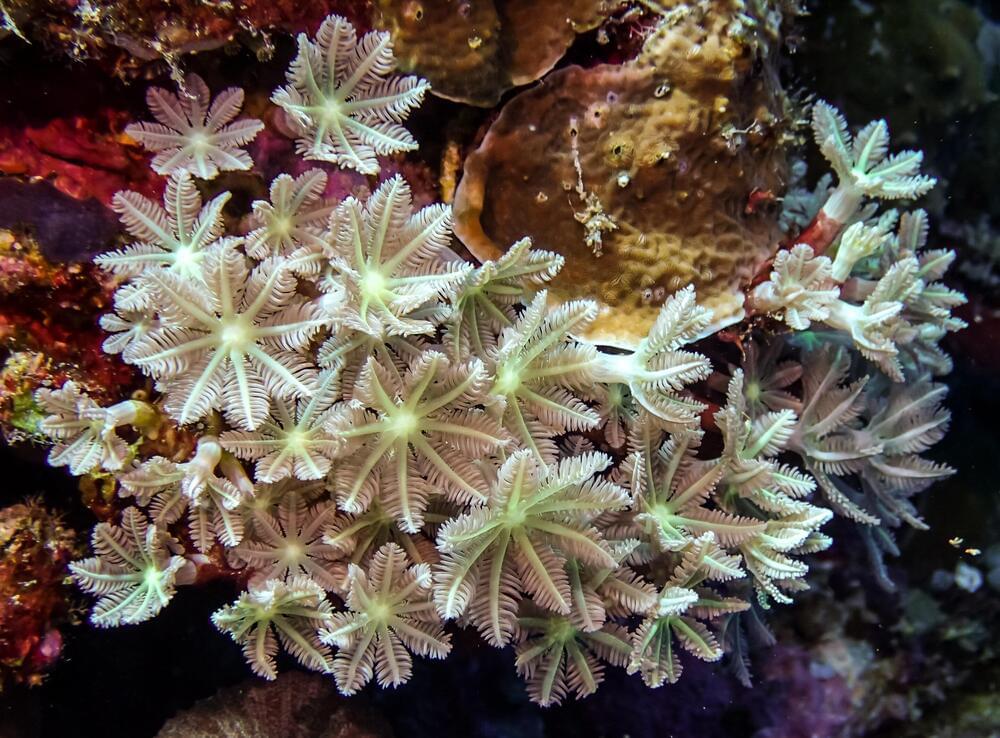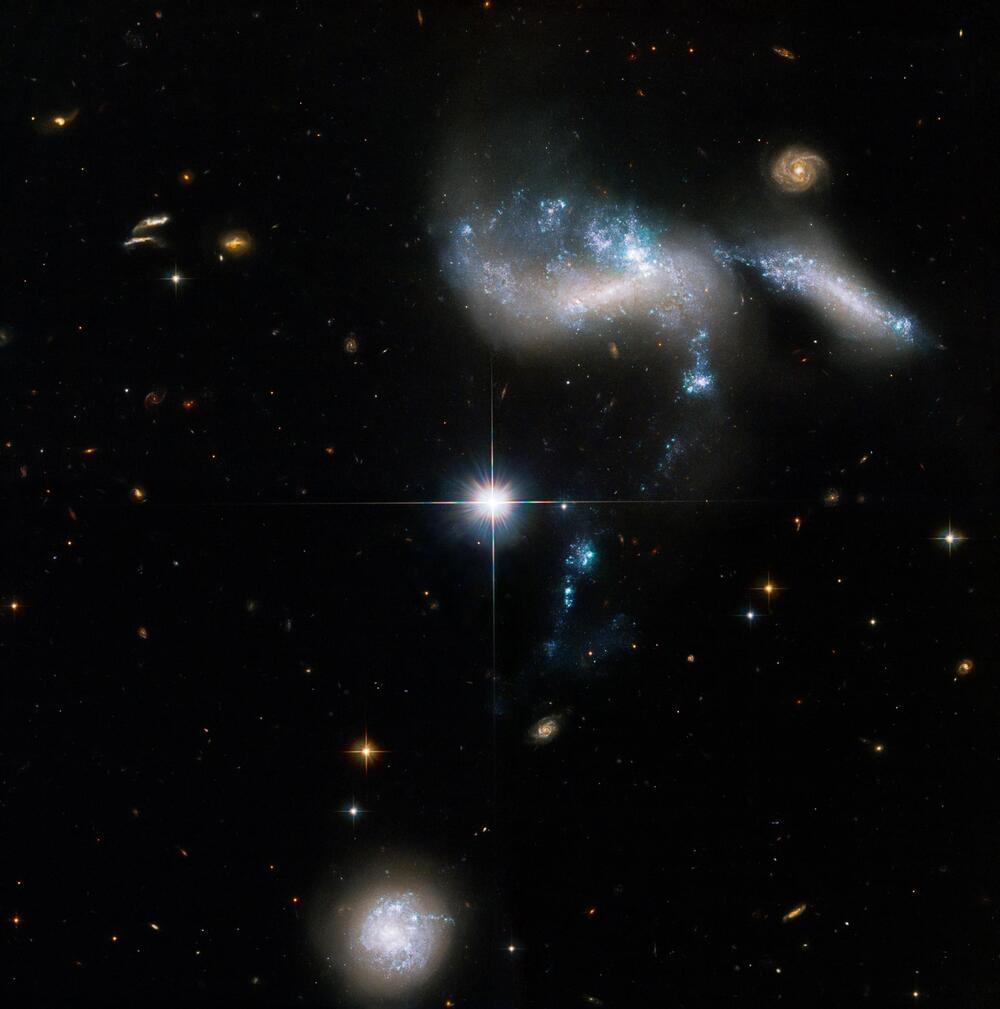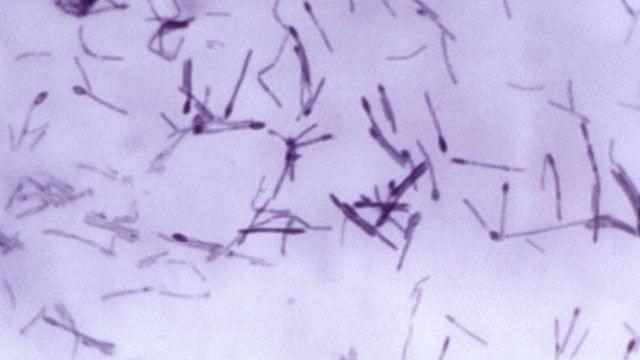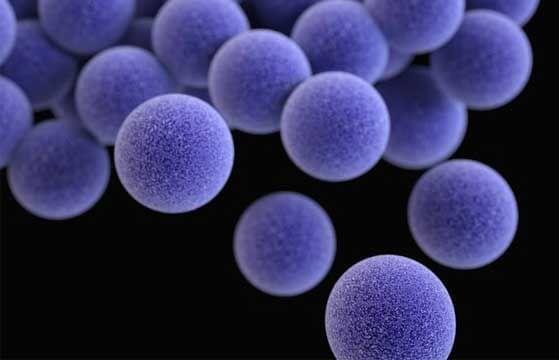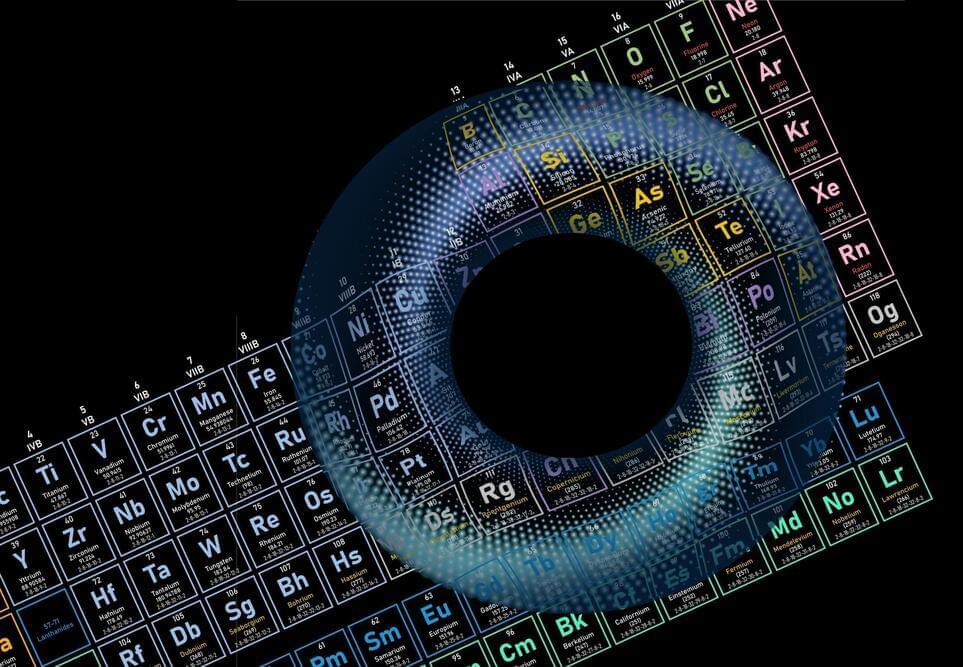The bottom of the ocean is full of mysteries but scientists have recently uncovered one of its best-kept secrets. For 25 years, drug hunters have been searching for the source of a natural chemical that had shown promise in initial studies for treating cancer. Now, researchers at University of Utah Health report that easy-to-find soft corals—flexible corals that resemble underwater plants—make the elusive compound.
Identifying the source allowed the researchers to go a step further and find the animal’s DNA code for synthesizing the chemical. By following those instructions, they were able to carry out the first steps of re-creating the soft coral chemical in the laboratory.
“This is the first time we have been able to do this with any drug lead on Earth,” says Eric Schmidt, Ph.D., professor of medicinal chemistry at U of U Health. He led the study with Paul Scesa, Ph.D., postdoctoral scientist and first author, and Zhenjian Lin, Ph.D., assistant research professor.
